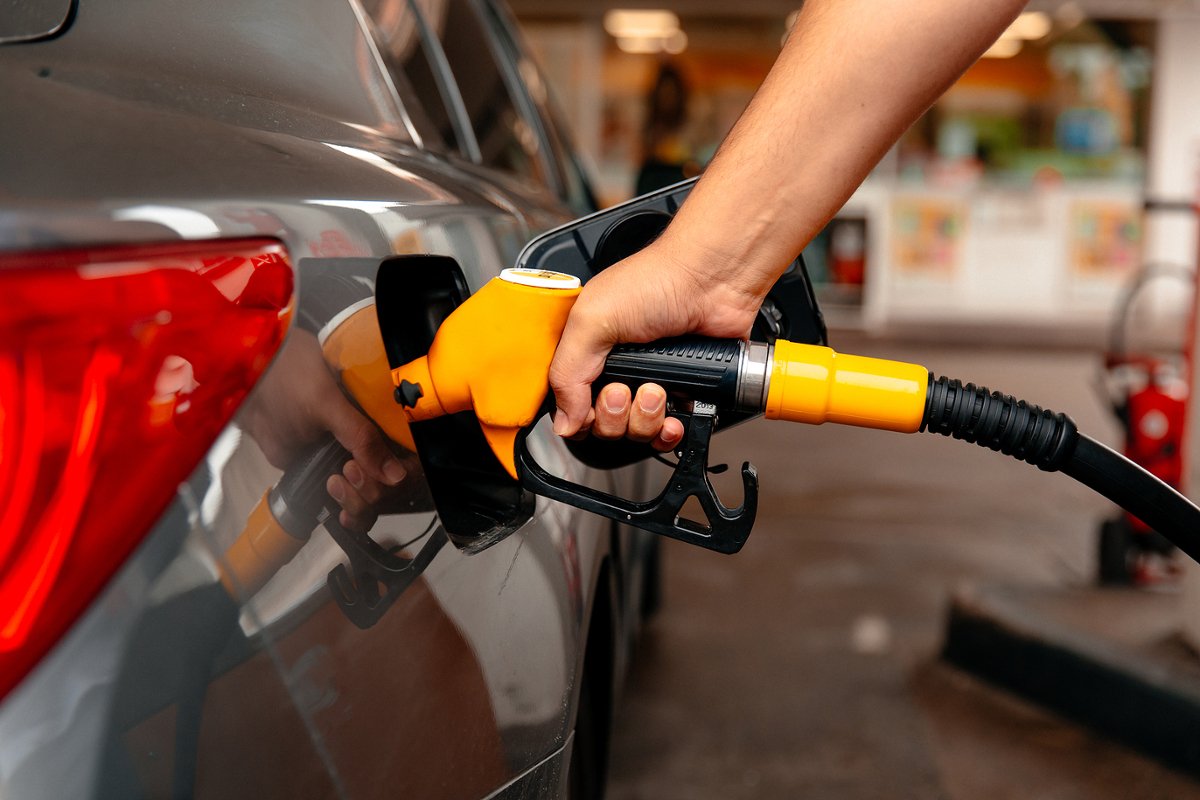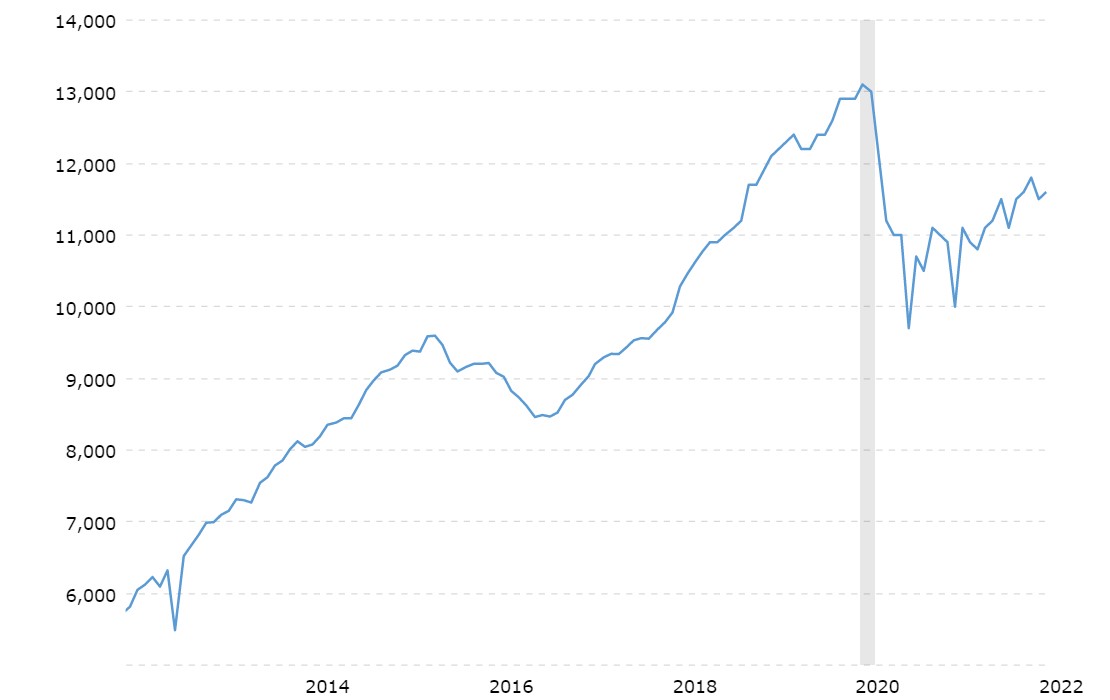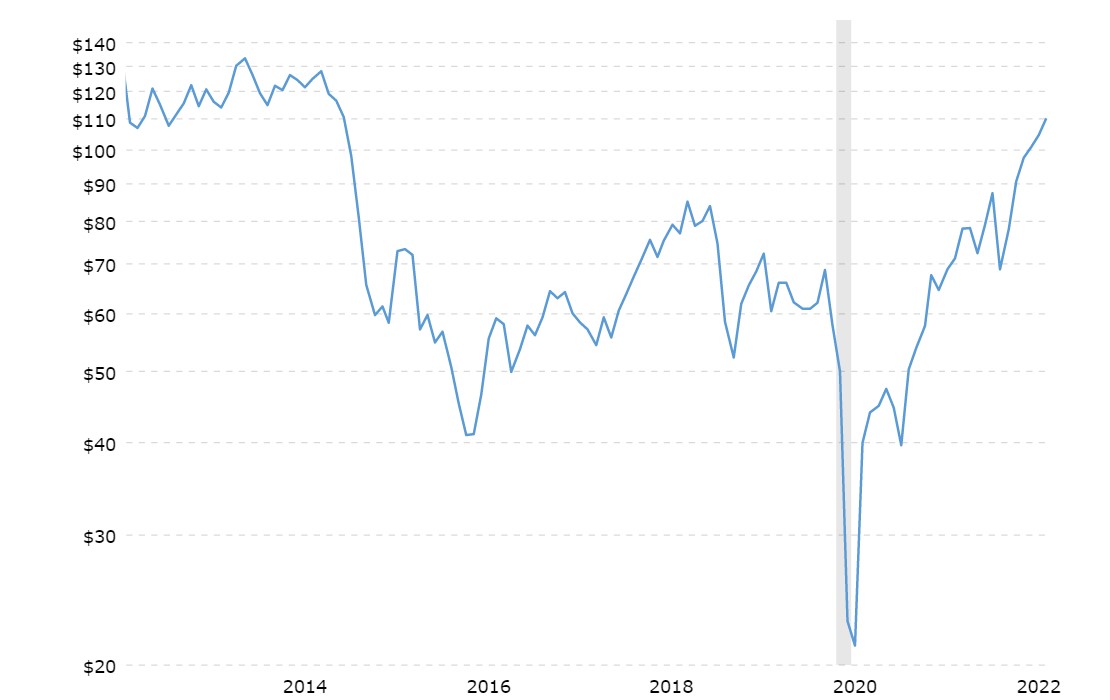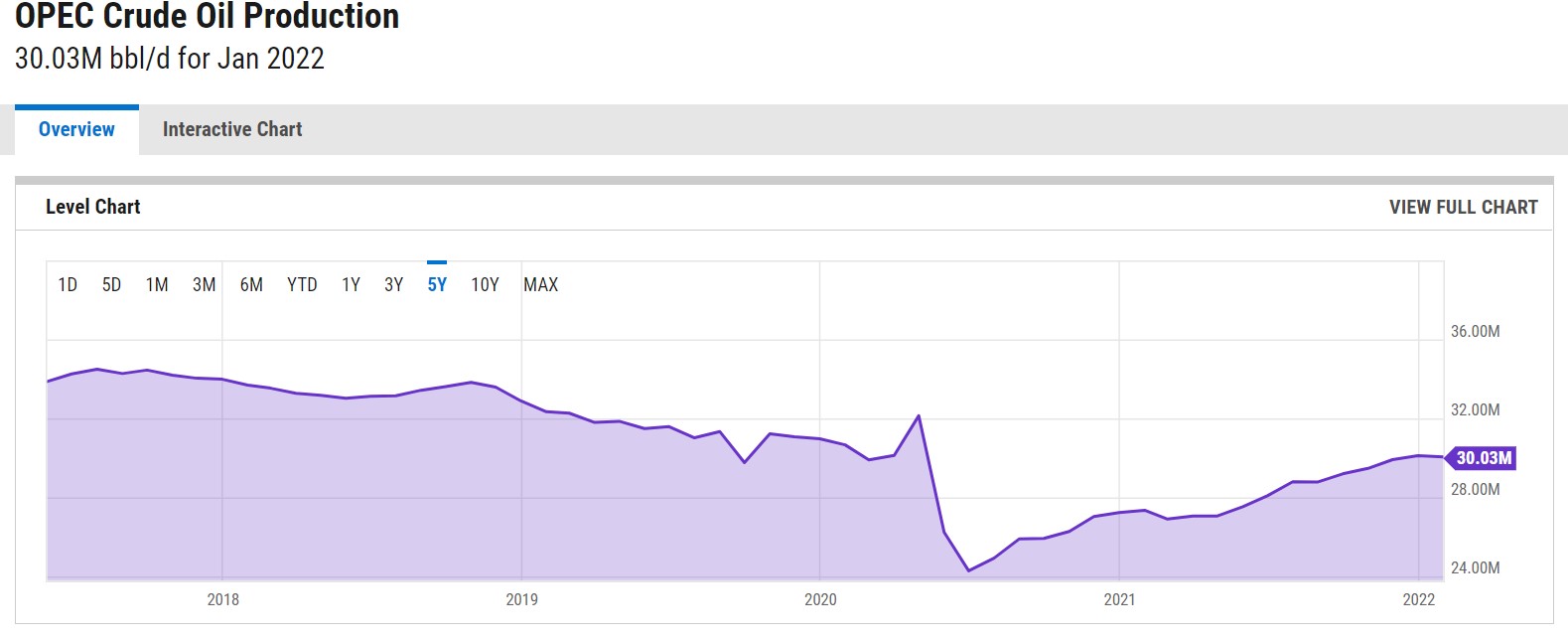Sweeney Center for Public Policy: Why gas prices in New Jersey are so high this Memorial Day weekend
Sweeney Center for Public Policy: Why gas prices in New Jersey are so high this Memorial Day weekend

New Jersey drivers can expect gas prices to keep rising this summer, due to increasing demand during the busy vacation season, according to a new report by Rowan University’s Sweeney Center for Public Policy.
Gas prices are largely driven by global supply-and-demand issues, primarily decreased oil production that hasn’t yet returned to pre-pandemic levels and the Russia-Ukraine war. Actions taken by the Biden administration to release a million barrels a day from the nation’s Strategic Oil Reserve have had little effect on prices.
Meanwhile, the risk of disruption to supplies due to the Russia-Ukraine war have increased the price of crude oil, both internationally and in the United States, even though Russian oil imports account for only a fraction of the American market.
“While you’re waiting in line to pay $60 to $90 to fill your tank, you can put the blame on everything from the pandemic and the Russia-Ukraine war to higher gas taxes, low production and high consumer demand,” according to the report’s authors. “Contrary to popular belief, it’s not just about gas taxes.”
A report by the Sweeney Center for Public Policy of Rowan University
Why gas prices in New Jersey are so high this Memorial Day weekend
New Jerseyans driving to the Shore or meeting family and friends for Memorial Day Weekend cookouts are paying an average of $4.76 for a gallon of regular gas. That’s $1.70 more than the $3.06 average price heading into the traditional start of the summer season last year.
So why are gas prices so high?
While you’re waiting in line to pay $60 to $90 to fill your tank, you can put the blame on everything from the pandemic and the Russia-Ukraine war to high gas taxes, low production and high consumer demand.
And the bad news is that market analysts expect gas prices to keep rising this summer.
It could be worse.
New Jersey’s average gas price is 17 cents higher than the average in Delaware and just a half-cent lower than the average in Pennsylvania. But it is 17 cents a gallon lower than the $4.93 average price in New York and, incredibly, it is $1.30 a gallon lower than California’s average price of $6.07 for regular.
Contrary to popular belief, it’s not just about gas taxes.
New Jersey’s gas tax of 42.4 cents per gallon is the fifth highest in the country, even after it was reduced by 8.3 cents per gallon last October 1 under a 2016 law that adjusts gas taxes annually to maintain a steady funding stream into the Transportation Trust Fund that pays for road, bridge and mass transit improvements.
But gas prices in New Jersey actually ranked 12th in the country, despite the Garden State’s relatively high gas tax and its status as one of only two states with a ban on self-service gas.
The 19-cent difference between New Jersey’s gas tax and Delaware’s low tax of 23 cents a gallon is almost the same as the current 17-cent difference in price. But Pennsylvania’s price per gallon is just a fraction higher than New Jersey even though its 58.6 cents-a-gallon gas tax is the highest in the country,
New York gas prices are 17 cents higher than New Jersey’s even though New York’s current 40.45-cent gas tax is just a penny less than the Garden State’s.
New York’s gas prices should drop to about New Jersey’s levels on Tuesday when a 16-cent gas tax cut, billed as a “gas sales tax holiday” when it was approved by the Empire State’s governor and legislature, takes effect for the remaining seven months of the year. Connecticut suspended its 25-cent gas tax for three months starting April 1; Maryland and Georgia enacted shorter-term gas tax holidays effective March 18.
Various New Jersey legislators have proposed gas tax holidays or rebates aimed at making up for higher gas prices, but those proposals have failed to move so far and there has been little political support for ending the self-serve gas ban.
California’s 53.3-cent gas tax only explains a fraction of why its gas prices are $1.31 higher per gallon than in New Jersey. The state’s cap-and-trade program, designed to limit greenhouse gas emissions, requires energy companies that exceed the state’s emission standards to purchase credits, which add about 20 cents a gallon to state fuel costs.
But the biggest issue is that California and other West Coast states are cut off by the Rocky Mountains from the main sources of East Coast oil supply, forcing them to rely primarily on international oil shipped through the Panama Canal. Oregon, Washington, Nevada, Alaska and Hawaii are the only other states in the country with average gas prices currently above $5 a gallon.
Nationally and internationally, high gas prices are an issue of supply and demand.
U.S. oil production peaked at 13.1 million barrels a day in February 2020, the month before the Covid-19 pandemic forced the virtual shutdown of large sectors of the U.S. economy, causing demand for motor fuel and prices to plummet. By August 2020, U.S. production dropped to 9.7 million barrels a day, the lowest level since October 2017.

The decline in oil production during the first months of the pandemic was not surprising, as reduced demand drove down the price of West Texas crude from $68.69 in December 2019 to just $21.25 per barrel in April 2020 at the height of the COVID shutdown. Prices recovered to $44.02 by June but did not get back to the $68 level until April 2021. Domestic oil production has generally been rising since last then, but it was still only 11.6 million barrels a day in February, despite steadily rising oil prices that hit $110.33 a barrel this week for West Texas crude.

OPEC, the Organization of Petroleum Exporting Countries is currently pumping out 30 million barrels of oil a day. That is a significant increase from its low of 24.25 million barrels a day in June 2020 as COVID-19 ravaged the world economy, but it is still well below the 33 million barrels a day produced in 2018 and 2019. The 13 OPEC member countries produce about 40 percent of the world’s oil.

In both the United States and the OPEC nations, the plunge in demand for motor fuel during the pandemic had moved producers to cut back on their investments in drilling and refining capacity, and the oil and gas sector now finds itself ill-equipped to meet the demand of a society getting back on the road.
Last month, the Biden administration announced that it would be releasing a million barrels a day from the Strategic Oil Reserve from May through October and that it expected domestic production to ramp up by a million barrels a day by the end of the year. Biden’s actions, however, appeared to have little effect on prices.
The risk of disruption to supplies due to the Russia-Ukraine war resulted in increases in the price of crude oil, both internationally and in the United States, even though Russian oil imports were supplying a fraction of the American market.
Given all of these factors, don’t be surprised if New Jersey and other states in our region top the $5 average later this summer as demand continues to rise during the summer vacation season.
_______________________________________________
Kul Prasad Kapri, Ph.D., and Yupeng Li, Ph.D., are assistant professors in the Department of Economics and Political Science in the College of Humanities and Social Sciences at Rowan University. Mark Magyar serves as director of Rowan’s Sweeney Center for Public Policy. For further information, contact Mark Magyar at magyarm@rowan.edu or call 856 256-5868.
Sources
AAA, “Gas Prices,” accessed at https://gasprices.aaa.com/state-gas-price-averages/
Dress, Brad, “Why gas is so much more expensive in California than in Texas,” The Hill, April 22, 2022, accessed at https://thehill.com/policy/equilibrium-sustainability/3459837-why-gas-is-so-much-more-expensive-in-california-than-in-texas/
Macrotrends crude oil production and price charts accessed at https://www.macrotrends.net/2562/us-crude-oil-production-historical-chart and https://www.macrotrends.net/1369/crude-oil-price-history-chart
Reitmeyer, John, “Gas prices, already rising, may go higher, amid Russia-Ukraine conflict,” New Jersey Spotlight TV News, February 22, 2022, accessed at https://www.njspotlightnews.org/2022/02/nj-gas-prices-rise-wipes-out-recent-gas-tax-reduction-russia-ukraine/
Smith, Kelly Anne, “New York Joins Other States In Suspending Their Gas Tax – Is Yours Next?,” Forbes, April 13, 2022, accessed at https://www.forbes.com/advisor/personal-finance/which-states-suspending-gas-tax/
The White House. “Biden Administration Responds to Putin’s Price Hike by Awarding First Barrels from Historic Strategic Petroleum Reserve Release & Deploying Affordable Clean Energy,” April 21, 2022, accessed at https://www.whitehouse.gov/briefing-room/statements-releases/2022/04/21/fact-sheet-biden-administration-responds-to-putins-price-hike-by-awarding-first-barrels-from-historic-strategic-petroleum-reserve-release-deploying-affordable-clean-energy/
World Population Review, “Gas Taxes by State 2022,” accessed at https://worldpopulationreview.com/state-rankings/gas-taxes-by-state
Ycharts.com, “OPEC Crude Oil Production,” accessed at https://ycharts.com/indicators/opec_crude_oil_production